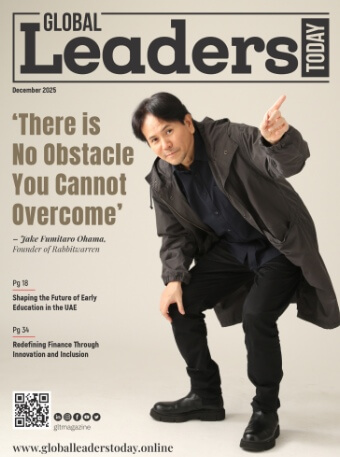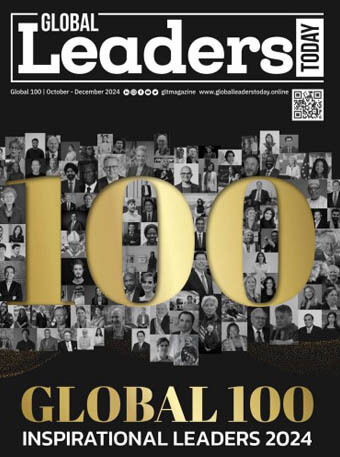Few events capture the dynamic spirit of American motorsport like the Daytona 500. More than a race, it offers lessons in resilience, adaptability, and inspirational leadership—themes that resonate deeply with us at Global Leaders Today, a leadership magazine. The 2025 edition of this event reminds us that while traditions remain at its core, innovation and decisive leadership steer its future.
The 67th running of the Daytona 500 unfolded on a night marked by unpredictable weather and high stakes. Two weather delays extended the event by more than three and a half hours, setting the stage for a dramatic, tension-filled contest under the glow of floodlights at the Daytona 500. This unpredictable environment pushed teams to adjust their strategies in real-time, echoing the kind of inspirational leadership seen in today’s corporate and sporting arenas.
A Study in Resilient Leadership
In an unforgettable performance, 26-year-old William Byron, behind the wheel of the No. 24 Chevrolet for Hendrick Motorsports, rose as the winner against all odds. Starting the final lap in ninth place, Byron navigated a series of late-race wrecks—incidents that felled many of his competitors—to secure his second consecutive Daytona 500 victory. His ability to remain composed under pressure, strategically maneuver through chaos, and ultimately lead his team to success reflects the core tenets of inspirational leadership.
Byron’s journey in this race served as a powerful metaphor for leaders in any field. In an era of rapid change and uncertainty, his performance illustrates that strategic risk-taking, adaptability, and clear-sighted decision-making are essential for success—lessons that are as relevant in the boardroom as they are on the racetrack.
Late-Race Chaos and Strategic Brilliance
The race was punctuated by several critical moments that showcased the unpredictable nature of high-speed competition and the power of effective leadership under pressure. With just four laps remaining, Ryan Preece’s dramatic flip in his No. 60 Ford was a stark reminder of the inherent risks of racing. Thanks to advanced safety measures, Preece walked away unharmed—thanks to the driver safety and planning implemented by the team.
The chaos didn’t end there; a multi-car incident triggered by contact between Joey Logano and Ricky Stenhouse created a domino effect that saw prominent drivers such as Kyle Busch, Ryan Blaney, and Chase Elliott losing their chance at victory. This incident and the subsequent 11-lap red flag demonstrated the necessity for both immediate crisis management and long-term strategic planning—a duality that leaders across industries must navigate.
Breaking Records and Setting New Standards
Hendrick Motorsports made history by clinching their 10th Daytona 500 win—a record-breaking achievement that surpassed the long-held benchmark of Petty Enterprises. This milestone elevated the team’s status in NASCAR history and showed how a blend of innovative technology and strong team dynamics can produce remarkable outcomes.
Veteran racer Jimmie Johnson, now 49, added another layer to the narrative by finishing third—a remarkable comeback that saw him rise from 15th after a late-race incident. As the majority owner of Legacy Motor Club, Johnson’s dual role as both competitor and mentor has transformed his approach to racing. In reflecting on his performance, he noted, “I’ve never been in this position as an owner before, and it’s opened up a different set of emotions.”
The Global Impact of the Daytona 500
With a diverse audience that includes die-hard racing fans, casual viewers, and even political figures, the race is a significant cultural phenomenon. The 2025 event featured a brief appearance by President Donald Trump, who led drivers on a celebratory lap in his iconic presidential limousine. Such moments underscore the race’s ability to captivate a global audience and serve as a platform for discussions on leadership, innovation, and teamwork—core topics for any global leadership magazine.
At its heart, the Daytona 500 is about more than speed—it is about balancing the revered traditions of American racing with the demands of a rapidly evolving landscape. The event showcased that while technology, data, and strategy continue to shape the sport, the human qualities of courage, resilience, and vision remain timeless. This is a potent reminder for leaders: progress does not require discarding the past but rather integrating its lessons into a forward-thinking vision for the future.








